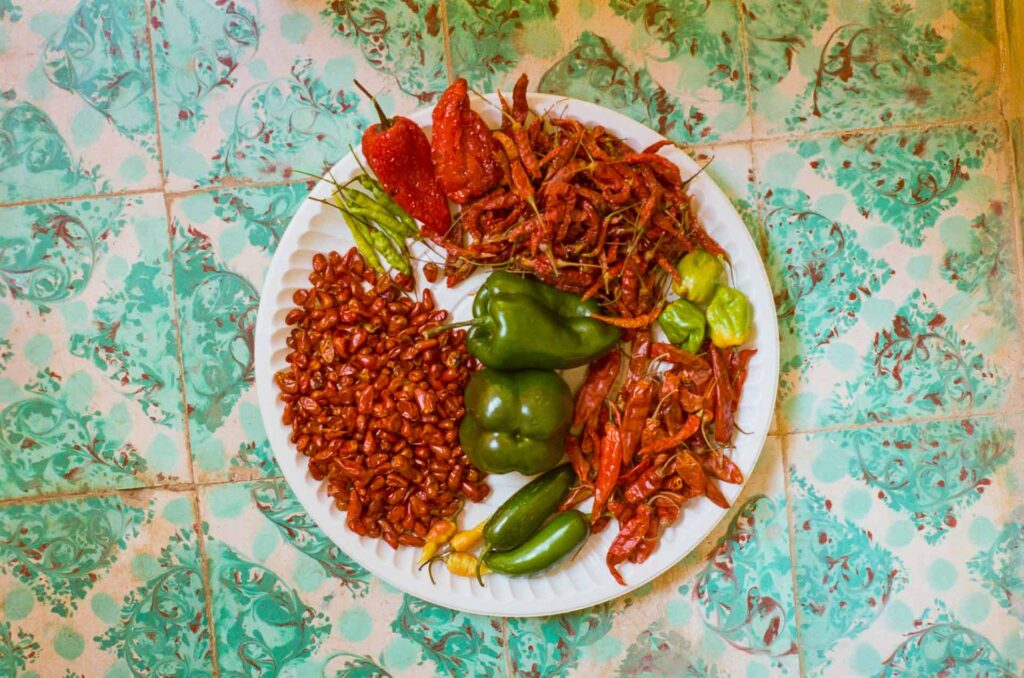Chiapas Photography Project
Country: Mexico
Participants: Indigenous communities, Chiapas
Jpimil koton
My sweater
© Xunka’ López Díaz, 2000
Formed in 1992, the Chiapas Photography Project (CPP) is an indigenous photography program based in Chiapas, Mexico, that runs photography workshops with indigenous communities and an archive of indigenous photography.
The southern state of Chiapas, where almost a third of the population is indigenous and an estimated 56 different native languages are spoken, is affected by ongoing and interlinked forms of conflict and violence. The 1994 indigenous armed Zapatista uprising against government state forces and subsequent crisis was the consequence of human rights abuses against indigenous populations, extreme material deprivation, institutional racism and revisions to communal land laws. Years of tension ensued with eruptions of violence and a stagnating peace process that created divisions between indigenous communities. Government counter-insurgent methods resulted in disappearances and the forced displacement of indigenous communities. The conflict died down by the late 2010s but ongoing violence continues to affect Chiapas’s indigenous communities. Armed paramilitary groups, land disputes, forced displacements, inter-group conflicts and, more recently, the increasing presence and influence of drug cartels has led to a rise in everyday and generalised violence, disappearances and shootings, forcing many to leave their homes.

Tajimal K’in ta Tenejapa / Carnaval en Tenejapa, a Tseltal Community in Chiapas
© Petul Hernández Guzmán, 2006

X Chumtyäl. Lives Through Time: Portrait of a Chol family.
© Refugia Guzmán Pérez
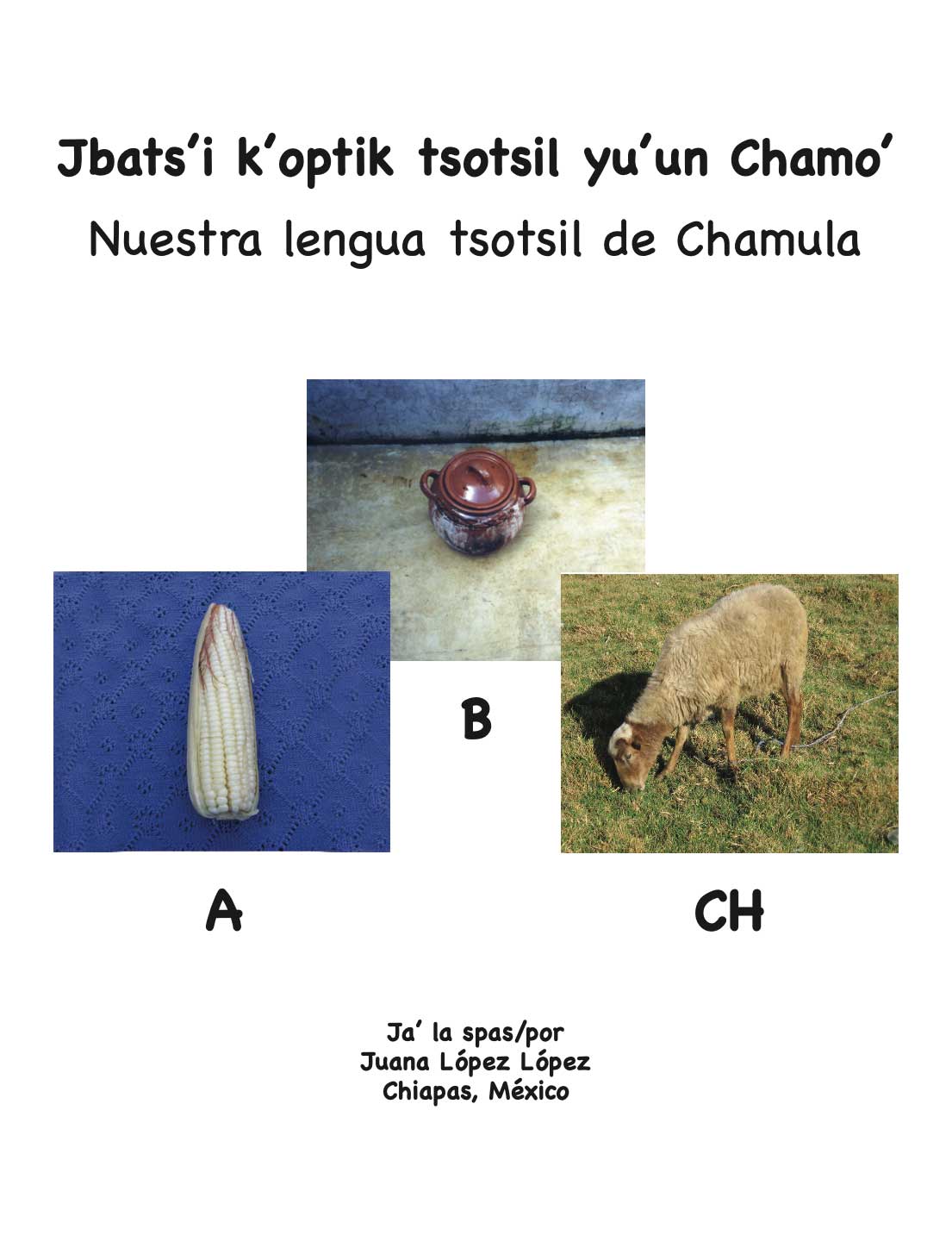
Bats’i K’op ta tsotsil yu’un Chamo´/Nuestra lengua tsotsil de Chamula / Our Tsotsil Language of Chamula,
© Juana López López, 2012
For over 30 years CPP has dedicated itself to creating opportunities for artistic and cultural self-expression for indigenous Mayan peoples through photography. Founded by Sister Carlota Duarte, it is run and managed by an indigenous staff based in San Cristóbal de Las Casas.
Since its inception CPP trained over 500 indigenous photographers of different ethnic and linguistic backgrounds in both analogue and digital photography bringing together many different communities and groups. Out of these workshops individual indigenous artists emerge and are provided with support to pursue their own special projects celebrating and documenting their cultural heritage and historical memory. Many of these special projects are published as books and exhibitions. In addition, CPP established the Archivo Fotográfico Indígena, an archive of indigenous photography that houses over 85,000 negatives taken by photographers trained by the CPP. Images by CPP photographers have been published and exhibited in their communities and all over the world. The project archive is stored at the University of Stanford Library where it is available to researchers and is supplemented annually with new materials.
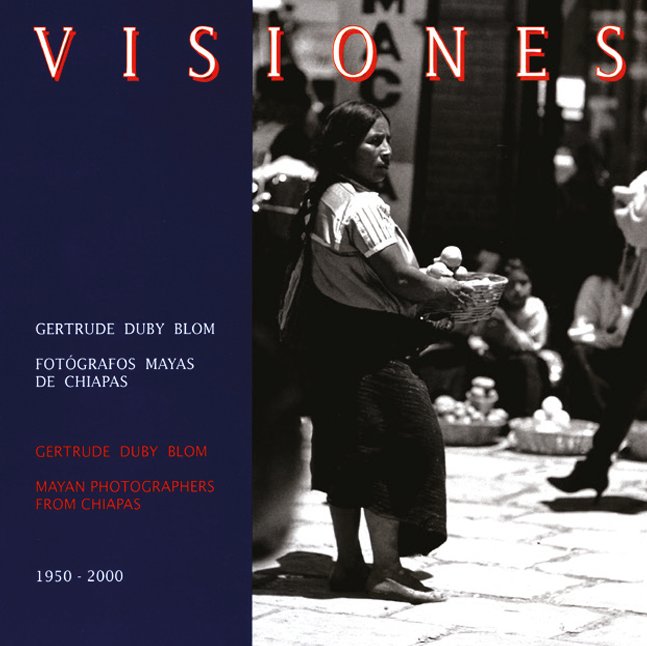
Visiones: Gertrude Duby Blom y fotógrafos mayas de Chiapas 1950-2000
© Gertrude Duby Blom and Mayan Photographers from Chiapas, 2000

Bats’il k’op tseltal ta Tenejapa / La lengua tseltal de Tenejapa / Our Tseltal Language of Tenejapa
© Antonia Girón Intzín, 2012

Mi hermanita Cristina / My Little Sister Cristina, a Chamula Girl
© Xunka’ López Díaz, 2000
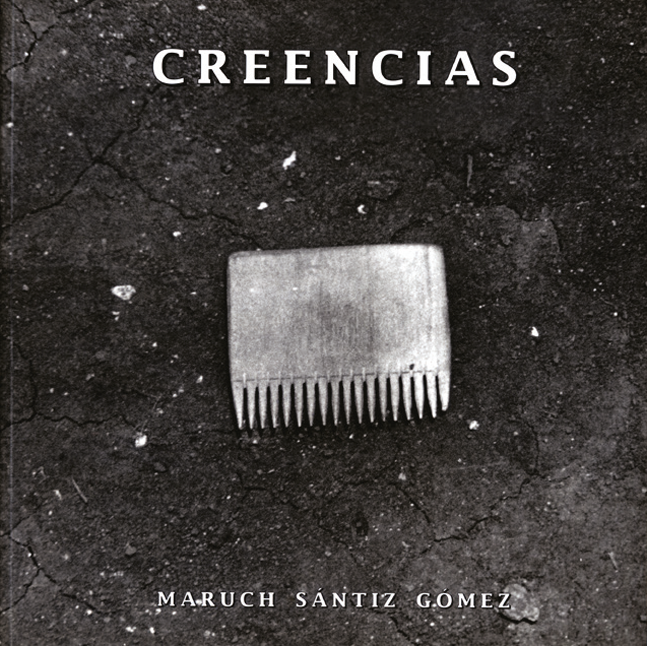
Creencias de nuestros antepasados / Beliefs of Our Ancestors
© Maruch Sántiz Gómez, 1998
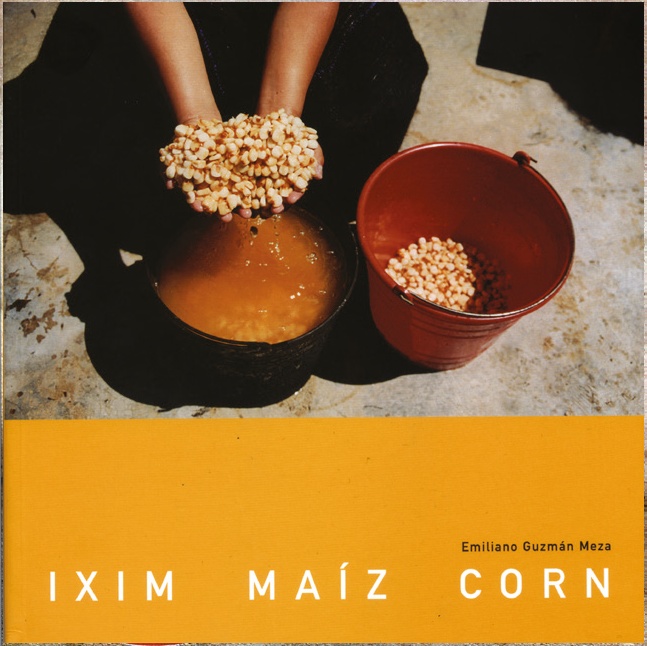
Ixim / Maíz / Corn
© Emiliano Guzmán Meza, 2004
CPP photographers do not explicitly tackle themes of peace and conflict in their images. However, in celebrating and sharing indigenous cultures and languages these photographers make an active choice to foster cultures of peace by turning the camera to focus on their cultural traditions and history. Indigenous culture has long been catalogued and appropriated by outsiders and is heralded as a central part of Mexican identity despite the ongoing marginalisation and impoverishment of indigenous communities. Taking charge of the camera, these indigenous photographers’ work acts as a form of resistance preserving and communicating their culture on their own terms.
‘It is very important that we indigenous people take photographs of our own cultures so that other indigenous people in Mexico and other countries know us. In this way we can preserve and show our traditional cultures and share them, so that future generations can learn and remember’.

K’in ta Chamula
Celebration in Chamula
© Genaro Sántiz Gómez, 1997
